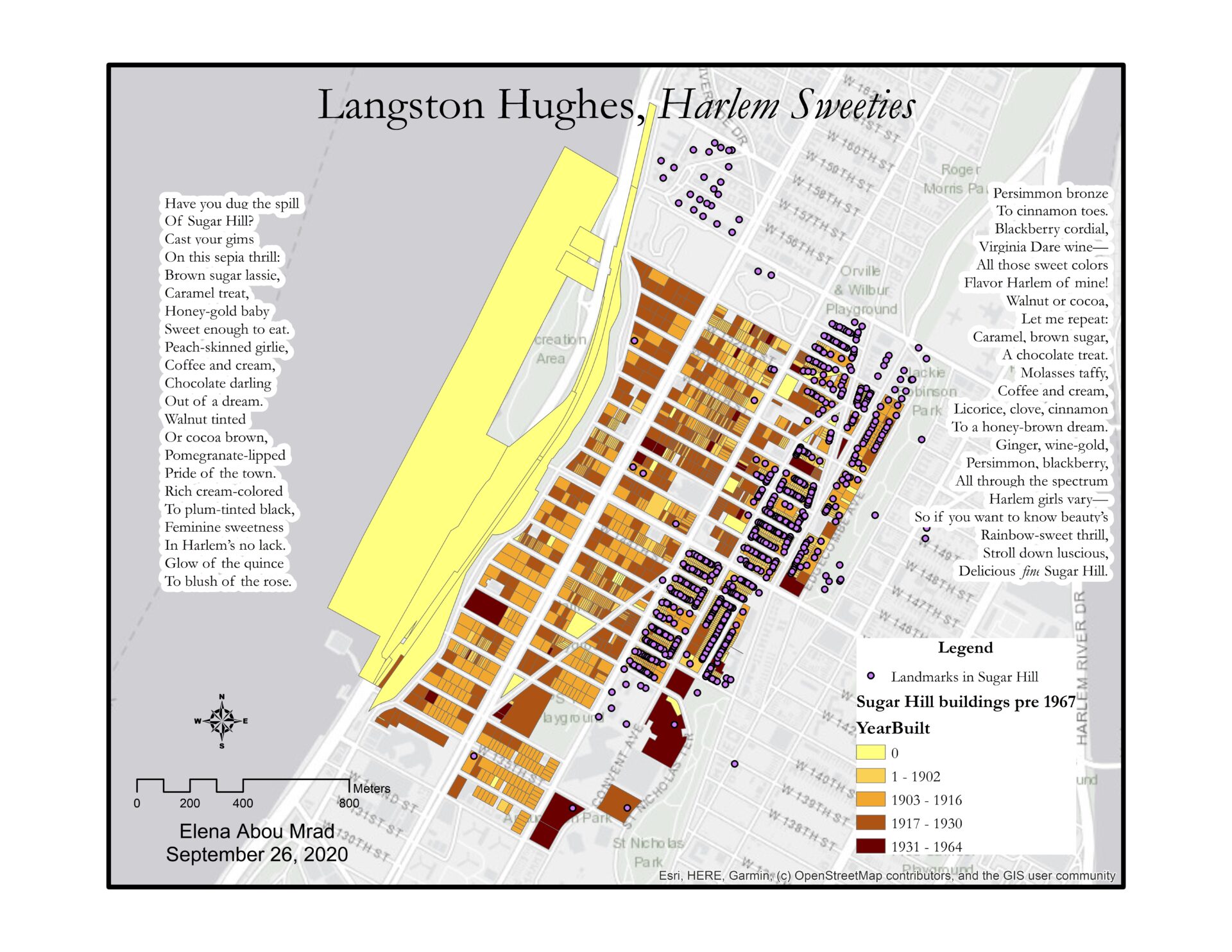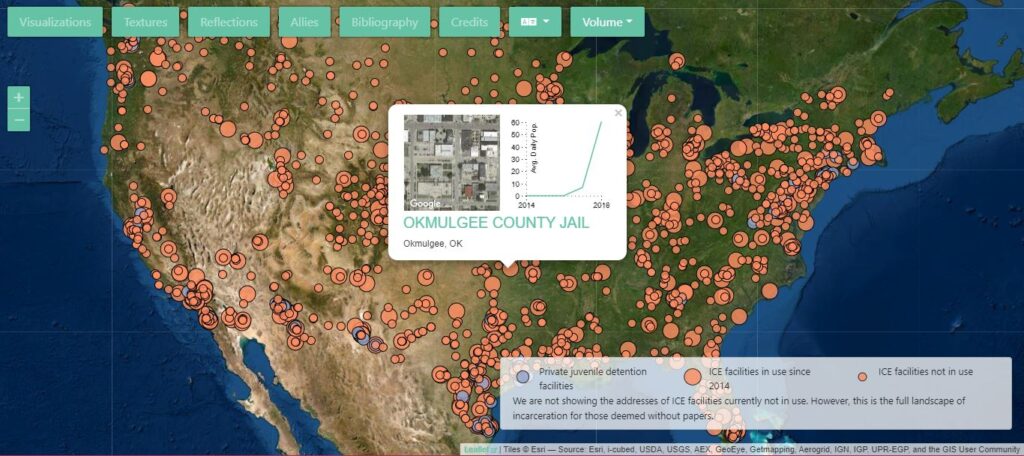When making the last edits to my final project, I realized how many people contributed to it. I contacted people from all corners of the Graduate Center, and they all have helped me with generosity and care. This post is a huge thank-you note to the wonderful community that supported me during this challenging semester.
To all my classmates: thank you for being you. I was excited to come to class to hear your opinions and learn from you. The discussions we had are invaluable, and I benefited from everyone’s feedback during my project presentation.
To Prof. Gold: thank you for creating a safe, supportive space that allowed everyone to contribute to the class in their own way. I really appreciated the way you conducted the lessons and constantly asked us to express our opinions about the class and its contents.
Micki Kaufman has been a shining light through this pandemic. Micki was always ready to give me guidance and practical advice about my academic life and my future projects. I’ve said it many times before, but if you have any questions or doubts, ask Micki!
I consulted with Stefano Morello and the DARC for technical details about archiving and had a wonderful conversation on how to develop trust when creating a community archive. It was to great to bounce ideas off of them: it gave me renewed energy to develop my project next semester.
I had a great session with Daniel Hengel of the Writing Center, who helped me make my Abstract section clearer and more understandable. Without him, there would still be crazy long sentences that make sense only in my bilingual mind.
Stephen Klein at the Mina Rees Library gave me precious advice about preserving digital projects…and talked me out of using Flask in my digital archive. It’s always good to have a reality check when writing a project!
Most of you don’t know this, but my parents in Italy got Covid in November, and my dad ended up in the hospital. They have since recovered and they’re fine, but I wanted to share this with you to express my gratitude for the beautiful atmosphere that everyone created in class. Coming to class and working on this project was a great way to feel present and connected to a wider community when things were really chaotic. I thought you all should know how much you contributed to make my life better during a challenging time.
Happy Holidays. Stay warm and safe, and I hope to see many of you in class next semester!














